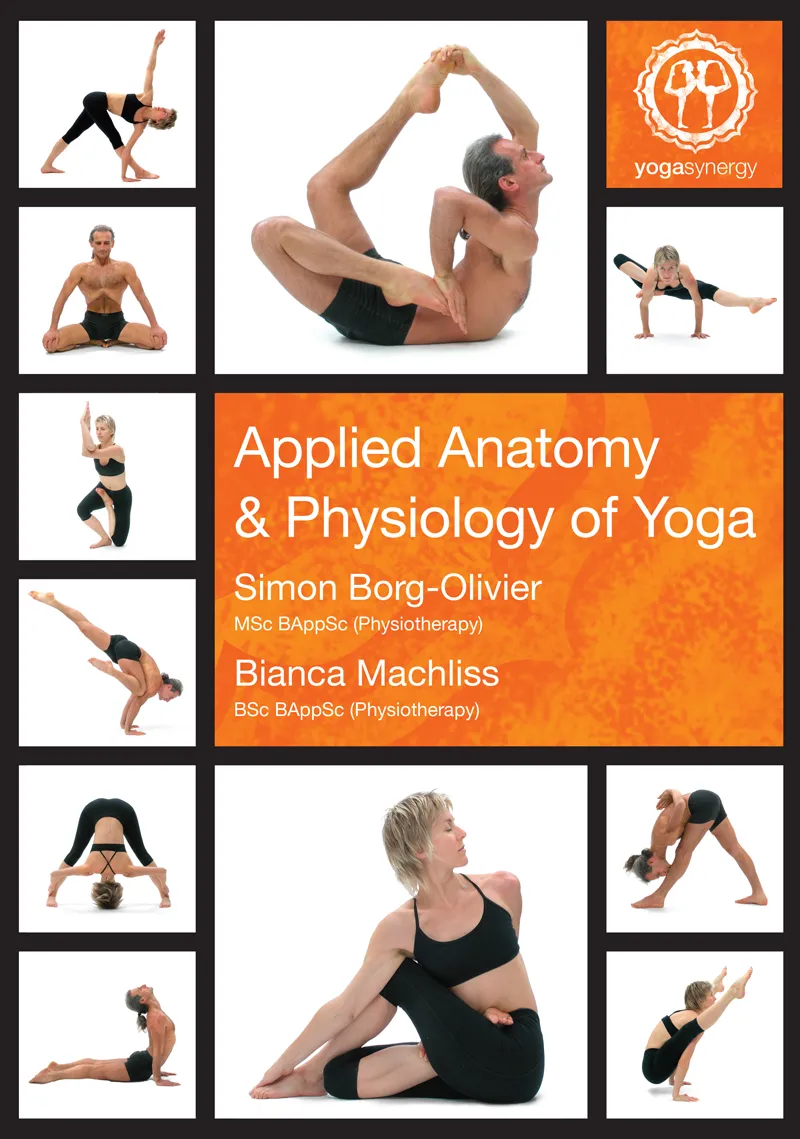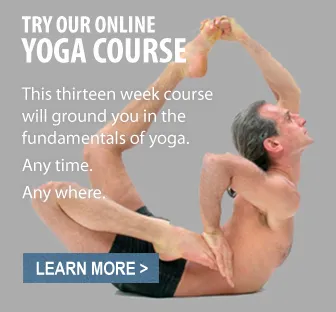
Why you may feel stressed and anxious
Many ‘modern yogis’ have been emphasising deep chest breathing while often disregarding the diaphragm, thinking that belly breathing is bad, which makes no anatomical or physiological sense. Clinical observation shows that most untrained normal adults can only breathe fully into their chest by inhibiting their diaphragm and putting themselves into a physiological state of ‘flight or fight’ (over-stimulation of the sympathetic nervous system).
The ability to expand the chest with air held out (exhalation retention) and the abdomen fully relaxed in the manner described to be Uddiyana bandha in Mr Iyengar’s “Light on Yoga” is not accessible for most people. This also indicates that most people can only expand the chest by engaging the muscles of forced abdominal exhalation (the abdominal obliques), which inhibit (reciprocally relax) the diaphragm, and thus causes chest breathing by default.
Is belly breathing bad?
In addition, most people cannot activate the lower abdominal muscles (the lower transverse abdominis) without activating the muscles of forced abdominal exhalation (the abdominal obliques). You can easily test this by asking a group of average people to begin with a completely relaxed abdomen and then ask them to only draw in the lower abdomen without hardening or changing the upper abdomen. Most people simply cannot do this, and as a physiotherapist, I routinely show this on people with real time ultrasound. If the upper abdomen hardens even a bit when the lower abdominal muscles engage, then the chest will expand by default because the diaphragm has been inhibited.
Once the diaphragm is inhibited, then sickness or ill health is not far away. This is a big story and I believe many people are potentially damaging their health by attempting pranayama before they are adequately prepared for it. So no, belly breathing is not bad. In fact, it is quite the opposite. Doing belly breathing in everyday life is much better than doing chest breathing.
In Saptanga (seven stage) Yoga, also known as hatha yoga, the first stage is kriya, then asana, then mudra, then pranayama, then dharana, dhyana and samadhi. This implies that kriya has to be learned before pranayama, and an important kriya is basti kriya, which involves expanding the chest with the anal sphincter expanded and the diaphragm active. This is almost impossible for most people to do. This is further evidence to suggest that full yogic breathing breathing – where the diaphragm functions without inhibition before the chest expands – is almost impossible for most people, and that most people breathing into their chest in most exercise classes and ‘yoga’ classes are simply forcing the air into their chest by inhibiting the diaphragm and entering a physiological state of ‘flight or fight’, in which the digestive system, immune system and reproductive system are inhibited, and the dominant emotions become fear, anger, aggression and lack of safety. And that doesn’t sound like yoga to me!
The benefits of full yogic breathing
My point is that for effective pranayama both diaphragmatic and chest breathing are necessary as indicated by Sri Krishnamacharya and all his senior students, but the neuro-muscular control needed for this is simply not available for most people without causing damaging stress.
Full yogic breathing trains the muscles of breathing that can have positive effects on strenght and mobility in the spine and trunk. Full yogic breathing is also important because it teaches people how to maintain the function of the diaphragm under stress, which stimulates circulation, and is helpful for the immune, digestive and reproductive system
If you’d like to learn how to do safe and effective pranayama, including full yogic breathing, that stimulates your parasympathetic nervous system, check out Simon’s breathing course here









